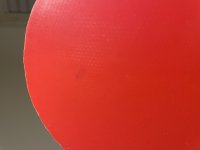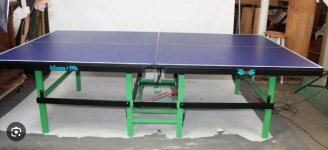This user has no status.
Member
Rumor has it that what separates players of highly different levels is really feel for the ball. Surely there is technique, power, spin, consistency, tactics, but there is also such a different touch on the ball. Once we played our youth trainer who is like five divisions above or rather he was toying with us. His feel for the ball was so way up that all our hitting seemed so crude. He was just comfortable in any position from the table that he could still come up with some counter or keep the ball in play.
Do you have similar experiences? Or would you rather say it's only one of many factors?
And if you agree that it might be something important, how do you think you can improve it? By training a lot of touch play really focusing on the feel with each stroke... or do you will just acquire it by hitting the ball your 100.000 times, like anyone will become expert in a topic she studies her 10.000 hours? - Or is it even a matter of talent and might not be acquired so easily?
Do you have similar experiences? Or would you rather say it's only one of many factors?
And if you agree that it might be something important, how do you think you can improve it? By training a lot of touch play really focusing on the feel with each stroke... or do you will just acquire it by hitting the ball your 100.000 times, like anyone will become expert in a topic she studies her 10.000 hours? - Or is it even a matter of talent and might not be acquired so easily?











